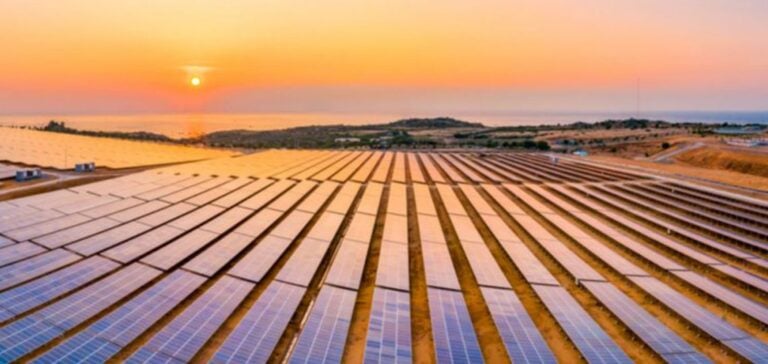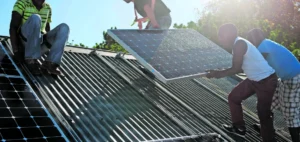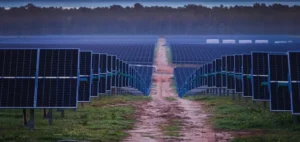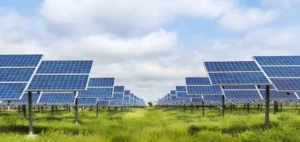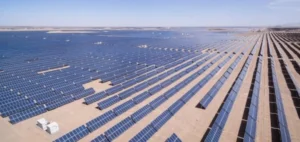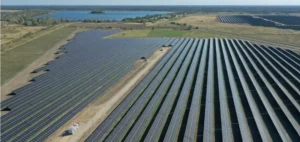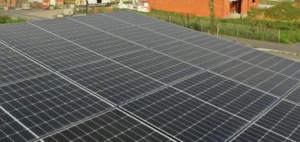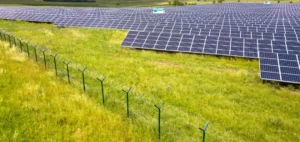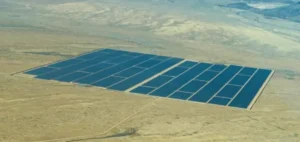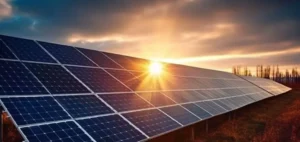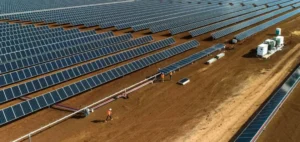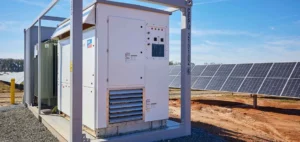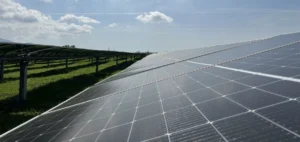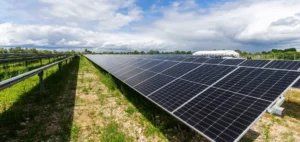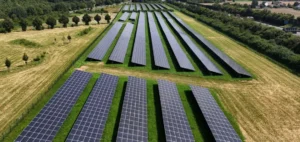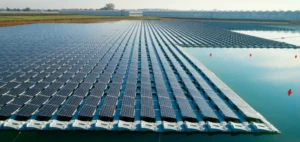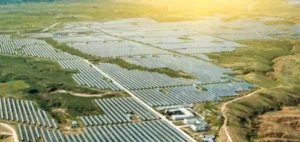PPC Group, a major player in the energy sector in Southeast Europe, has inaugurated two new photovoltaic plants in Central Italy. These facilities, located in Carcarello (20 MW) and Luxenia (12 MW), have a combined capacity of 32 megawatts (MW) and mark the group’s entry into the Italian market.
These projects are part of PPC Group’s broader geographic and technological expansion strategy. The two sites utilize 55,000 bifacial solar panels, enabling an estimated annual production of 60 gigawatt-hours (GWh). This output is equivalent to the electricity needs of 15,000 households.
Diversifying activities
The development in Italy is part of a larger strategic plan to increase PPC Group’s installed capacity in renewable energies. The group aims to add 6.3 gigawatts (GW) to its portfolio by 2027, reaching a total of 11.8 GW. Currently, around 60% of the planned projects are under construction or ready to be launched.
These investments leverage existing interconnections between Italy and Greece, two key markets for the group. PPC Group already has a significant portfolio in other Southeast European countries, including 1.5 GW in Romania.
A strategic collaboration
The two Italian plants are part of a partnership with Metlen Energy & Metals, which includes similar projects in other countries in the region. These collaborations enable PPC Group to accelerate its deployment in interconnected markets such as Bulgaria and Croatia.
Italy, with its energy potential and suitable infrastructure, has been identified as a strategic market. PPC Group aims to optimize its investments while benefiting from the synergies offered by these regional interconnections. The projects in Italy are also consistent with objectives to increase profitability through diversified assets.

